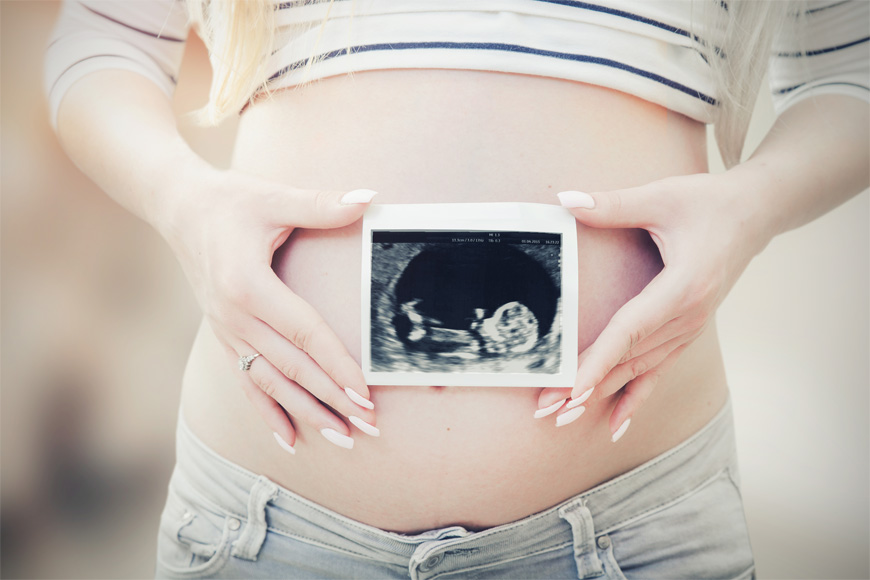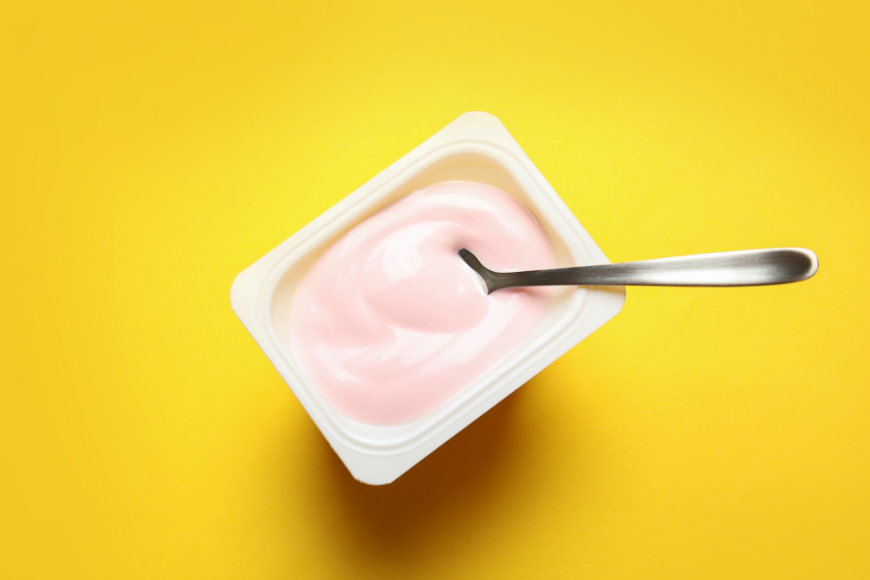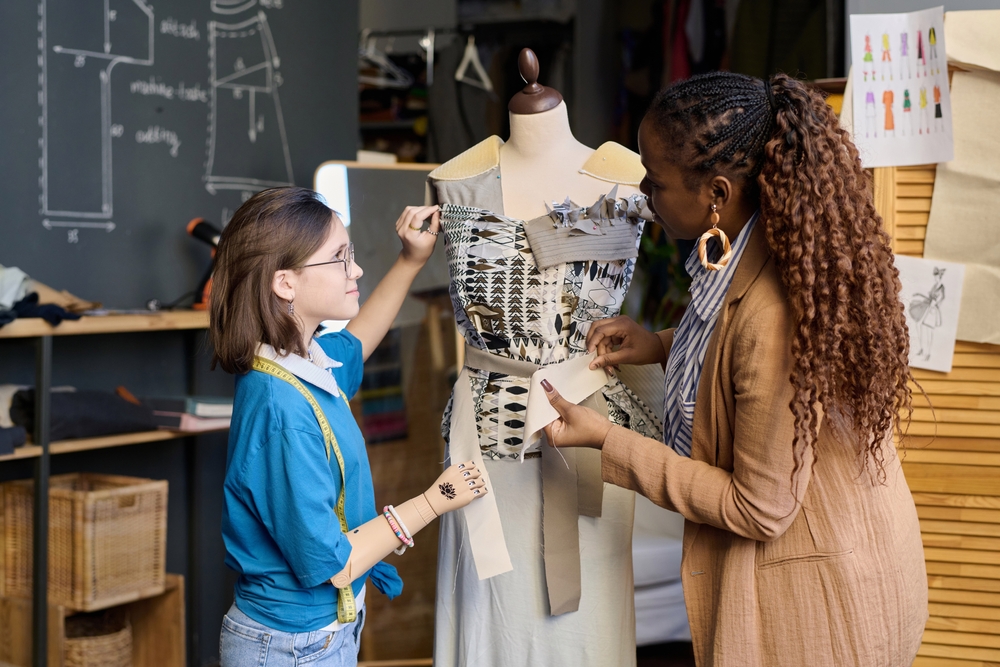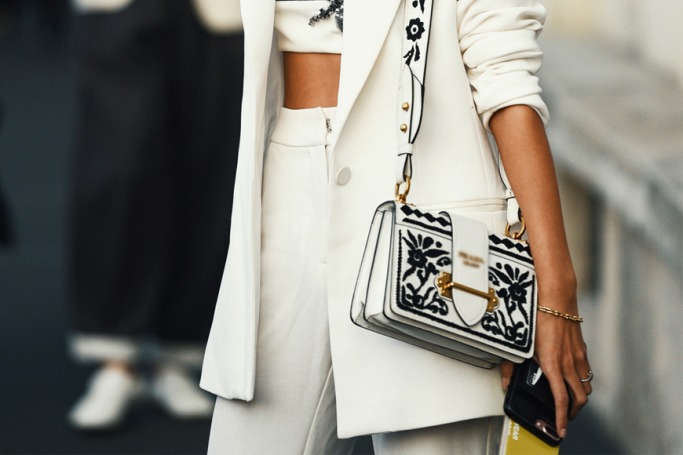These incredible, old images of Abu Dhabi capture different moments of history in the UAE's Capital emirate
23 August 2018
| Last updated on 13 November 2018
Next time a friend or relative happens to (wrongly) assume that the UAE has no history or culture, show them this.
Before the glitz and glam of skyscrapers, 5* hotels and super cars, the UAE's Capital emirate was primarily sand, low-rise buildings and camels.
Undeniably, Abu Dhabi and the country has a whole has come a long way over the decades - and it's nice to be reminded of just how much development has happened in the UAE's Capital emirate.
SEE ALSO: 17 signs you live in Abu Dhabi as an expat
We've picked out 10 of the best, old and historical images of Abu Dhabi to give you a glimpse of different moments in time.
1965
Captured in July 1965, this moment in Abu Dhabi's history shows Al-Hosn Palace, a.k.a. the White Fort. It is the oldest stone building in the city of Abu Dhabi, and is also called Qasr al-Hosn. The fort was built in 1761 as a watchtower to defend the emirate's only freshwater well. In 1793, it was expanded into a small fort by the ten ruler, Shakhbut bin Dhiyab Al Nahyan, and became the permanent residence of the ruling Sheikh.
In present day, Al-Hosn Palace is subject to extensive historical, archaeological and architectural research and the museum displays artefacts representing the history of the country. Tourists and residents can visit Qasr al-Hosn daily from 9am until 8pm, and discover how Abu Dhabi grew from a small fishing community, into a town and then into the high-rise modern city we love and know today.

1975
A camel is captured standing in the sand, with one of Abu Dhabi's numerous mosques in the background. Camels are a key part of the UAE's rich heritage, as they provided transport, food and milk in olden days. As a result, camels offer huge social and economic value in the region, which is still strongly embedded in today's culture.

1978
Three men are stood in front of Al Jazeira Hospital (or Al Jazeera Hospital) in 1978. Built in the 1970s, the 300-bed medical facility opened for expatriates who lived in Abu Dhabi only. In 2005, it merged with other medical facilities in the emirate to become Sheikh Khalifa Medical City, which we still have today.

1979
The picture below captures the royal motorcade arriving at the desert air strip in Al Ain during Queen Elizabeth II's visit to the UAE. Here she watched camel racing events during her three week tour of the Gulf.
Her official transport, as seen in the image, was a Mercedes, and the guards enlisted to protect her during her tour followed on camel. In fact, the exact car used is now on display in the Emirates National Auto Museum in Abu Dhabi.

1981
An Emirati mother is feeding her child in 1981 in Abu Dhabi. Her 'face mask' is a traditional burqa commonly used in the Gulf countries - and differs from other burqas seen in countries such as Afghanistan.
This variation of the burqa is made of a thin strip of metal, which covers areas of the eyebrows, upper mouth and nose. Today, mainly older generations wear it and it symbolises the marriage status of a woman.

1987
A local, Emirati family are captured playing and relaxing together in a green space in Abu Dhabi. From the image, you can see the older females of the family sat down wearing the traditional dress, with adolescent and young males also wearing their local clothing.
The young girls captured in colourful dresses will no doubt later begin to wear the UAE's traditional clothing once they reach the age of puberty.

1989
This image captures a camel race in Abu Dhabi, held in the late 1980s. Camel racing is a popular sport in the UAE, and the country has a total of 15 different camel racing tracks around the country. Still today, races take place almost every weekend between November and April, with the most important ones held in Abu Dhabi.

1996
Captured below in the mid-90s, Zayed Sports City Stadium is an iconic landmark in the emirate. Located in the heart of Abu Dhabi, it is the largest multi-purpose stadirum in the Gulf. In 1996, it was home to final match of the AFC Asian Cup, in which the UAE were defeated by Saudi Arabia's team.

1997
The image below shows the UAE's President His Highness Sheikh Khalifa bin Zayed Al Nahyan saluting as he stands by the UAE's Vice-President and Prime Minister, and Ruler of Dubai, Sheikh Mohammed bin Rashid Al Maktoum.
In 1997, they attended the International Defence Exhibition and Conference (IDEX), which is the only international defence exhibition and conference in the MENA region, and demonstrates the latest technology across land, sea and air sectors of defence.
IDEX still takes place biennially today at the Abu Dhabi National Exhibition Centre (ADNEC), which is centrally located in the emirate.

2000
The Abu Dhabi Golf Club is one of the most luxurious golf resorts in the Middle East. With its unique architectural design in the shape of a falcon - the UAE's national bird, and a symbol of force and courage - the golf resort is still a golfer's paradise today.

2005
A rare view of the construction of the iconic Sheikh Zayed Grand Mosque, which opened to the public on December 20th, 2007. Construction on the mosque spanned 11 years, and is the largest mosque in the UAE and a key place of worship for daily prayers, Friday gatherings and Eid prayers.
Today, tourists and residents flock to one of the UAE's most recognisable landmarks and it is the resting place of the late president Sheikh Zayed bin Sultan Al Nahyan.



























.png?itok=HBSyMDok)





















































































.png?itok=0fOAXkOm)















.png?itok=EH_x0Pha)













